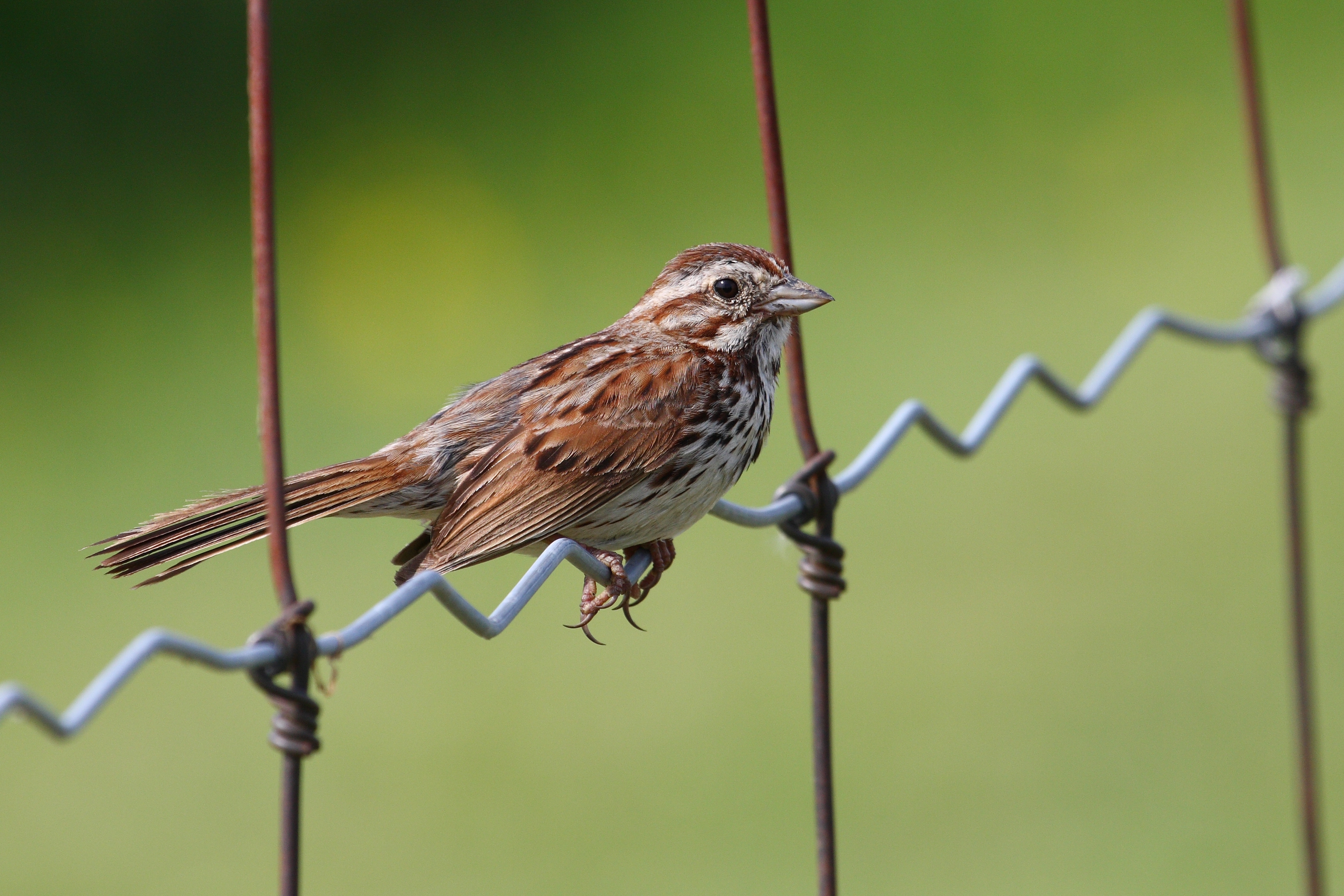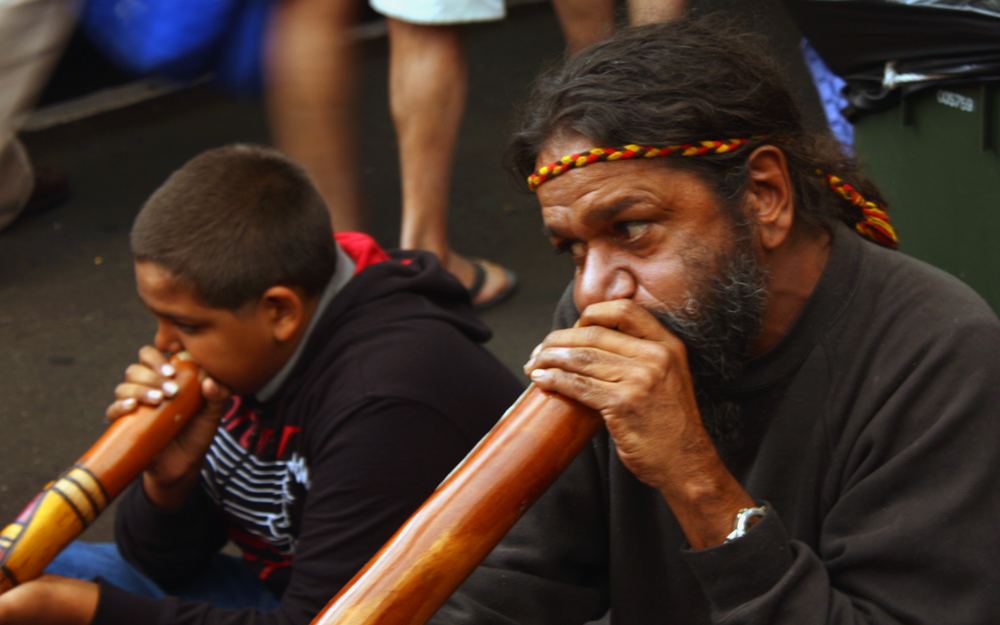|
Imitation Of Natural Sounds In Various Cultures
The imitation of natural sounds in various cultures is a diverse phenomenon and can fill in various functions. In several instances, it is related to the belief system (yoiks of the Sami,Szomjas-Schiffert 1996: 56, 76Szomjas-Schiffert 1996: 64Somby 1995 Szomjas-Schiffert 1996: 74 some other shamanic songs and rituals,Diószegi 1960: 203Hoppál 2005: 92 /ref> of some cultures). It may serve also such practical goals as luring in the hunt; or entertainment ( |
Natural Sounds
Natural sounds are any sounds produced by non-human organisms as well as those generated by natural, non-biological sources within their normal soundscapes. It is a category whose definition is open for discussion. Natural sounds create an acoustic space. The historical background of natural sounds as they have come to be defined, begins with the recording of a single bird, by Ludwig Koch, as early as 1889. Koch's efforts in the late 19th and early 20th centuries set the stage for the universal audio capture model of single-species—primarily birds at the outset—that subsumed all others during the first half of the 20th century and well into the latter half and into the early 21st, as well. In late 1968, influenced by acoustic efforts in the fields of music and film, this model began to evolve into a much more holistic effort with attention paid to the acoustic experience of entire habitats, inclusive of all the wild animal voices. Expressed as wild soundscapes, these phenomena ... [...More Info...] [...Related Items...] OR: [Wikipedia] [Google] [Baidu] |
Onomatopoeia
Onomatopoeia is the process of creating a word that phonetically imitates, resembles, or suggests the sound that it describes. Such a word itself is also called an onomatopoeia. Common onomatopoeias include animal noises such as ''oink'', ''meow'' (or ''miaow''), ''roar'', and ''chirp''. Onomatopoeia can differ between languages: it conforms to some extent to the broader linguistic system; hence the sound of a clock may be expressed as ''tick tock'' in English, in Spanish and Italian (shown in the picture), in Mandarin, in Japanese, or in Hindi. The English term comes from the Ancient Greek compound ''onomatopoeia'', 'name-making', composed of ''onomato''- 'name' and -''poeia'' 'making'. Thus, words that imitate sounds can be said to be onomatopoeic or onomatopoetic. Uses In the case of a frog croaking, the spelling may vary because different frog species around the world make different sounds: Ancient Greek (only in Aristophanes' comic play ''The Frogs'') probably ... [...More Info...] [...Related Items...] OR: [Wikipedia] [Google] [Baidu] |
Zoomusicology
Zoomusicology () is the study of the musical aspects of sound and communication as produced and perceived by animals. It is a field of musicology and zoology, and is a type of zoosemiotics. Zoomusicology as a field dates to François-Bernard Mâche's 1983 book Music, Myth, and Nature, or the Dolphins of Arion (published in English in 1992), and has been developed more recently by scholars such as Dario Martinelli, David Rothenberg, Hollis Taylor, David Teie, and Emily Doolittle. Zoomusicology is a separate field from ethnomusicology, the study of human music. Unlike other animals, mankind makes music for purposes other than attracting mates or defending territory. Zoomusicologists in a wide range of fields including music, semiotics, philosophy and biology conduct zoomusicology research. This is due to the fact that the field of zoomusicology is so broad and reaches many disciplines. Musician and zoomusicologist Hollis Taylor has conducted an extensive study of the Pied Butcherb ... [...More Info...] [...Related Items...] OR: [Wikipedia] [Google] [Baidu] |
Semiotics
Semiotics (also called semiotic studies) is the systematic study of sign processes ( semiosis) and meaning making. Semiosis is any activity, conduct, or process that involves signs, where a sign is defined as anything that communicates something, usually called a meaning, to the sign's interpreter. The meaning can be intentional such as a word uttered with a specific meaning, or unintentional, such as a symptom being a sign of a particular medical condition. Signs can also communicate feelings (which are usually not considered meanings) and may communicate internally (through thought itself) or through any of the senses: visual, auditory, tactile, olfactory, or gustatory (taste). Contemporary semiotics is a branch of science that studies meaning-making and various types of knowledge. The semiotic tradition explores the study of signs and symbols as a significant part of communications. Unlike linguistics, semiotics also studies non-linguistic sign systems. Semiotics includes th ... [...More Info...] [...Related Items...] OR: [Wikipedia] [Google] [Baidu] |
Jerome Rothenberg
Jerome Rothenberg (born December 11, 1931) is an American poet, translator and anthologist, noted for his work in the fields of ethnopoetics and performance poetry. Early life and education Jerome Rothenberg was born and raised in New York City, the son of Polish-Jewish immigrant parents and is a descendant of the Talmudist Rabbi Meir of Rothenburg. He attended the City College of New York, graduating in 1952, and in 1953 he received a Master's Degree in Literature from the University of Michigan. Rothenberg served in the U.S. Army in Mainz, Germany from 1953 to 1955, after which he did further graduate study at Columbia University, finishing in 1959. He lived in New York City until 1972, when he moved first to the Allegany Seneca Reservation in western New York State, and later to San Diego, California, where he lives presently. Career In the late 1950s, he published translations of German poets, including the first English translation of poems by Paul Celan and Günter Gr ... [...More Info...] [...Related Items...] OR: [Wikipedia] [Google] [Baidu] |
Ethnopoetics
Ethnopoetics is a method of recording text versions of oral poetry or narrative performances (i.e. verbal lore) that uses poetic lines, verses, and stanzas (instead of prose paragraphs) to capture the formal, poetic performance elements which would otherwise be lost in the written texts. The goal of any ethnopoetic text is to show how the techniques of unique oral performers enhance the aesthetic value of their performances within their specific cultural contexts. Major contributors to ethnopoetic theory include Jerome Rothenberg, Dennis Tedlock, and Dell Hymes. Ethnopoetics is considered a subfield of ethnology, anthropology, folkloristics, stylistics, linguistics, literature and translation studies. A need for ethnopoetics: Rothenberg Jerome Rothenberg coined the term ethnopoetics in the 1960s. According to Catherine S. Quick, Rothenberg had recognized that “most translations of Native American oral traditions . . . failed to capture the power and beauty of the oral perfo ... [...More Info...] [...Related Items...] OR: [Wikipedia] [Google] [Baidu] |
Music Semiology
Music semiology (semiotics) is the study of signs as they pertain to music on a variety of levels. Overview Following Roman Jakobson, Kofi Agawu adopts the idea of musical semiosis being introversive or extroversive—that is, musical signs within a text and without. "Topics", or various musical conventions (such as horn calls, dance forms, and styles), have been treated suggestively by Agawu, among others. The notion of gesture is beginning to play a large role in musico-semiotic enquiry. There are strong arguments that music inhabits a semiological realm which, on both ontogenetic and phylogenetic levels, has developmental priority over verbal language. Writers on music semiology include Kofi Agawu (on topical theory, Schenkerian analysis), Robert S. Hatten (on topic, gesture), Raymond Monelle (on topic, musical meaning), Jean-Jacques Nattiez (on introversive taxonomic analysis and ethnomusicological applications), Anthony Newcomb (on narrativity), Thomas Turino (applying the se ... [...More Info...] [...Related Items...] OR: [Wikipedia] [Google] [Baidu] |
Pishing
A pish is an imitated bird call (usually a scold or alarm call) used by birders and ornithologists to attract birds (generally passerines). The action of making the sound is known as pishing or spishing. This technique is used by scientists to increase the effectiveness of bird diversity surveys, and by birders to attract species that they might not otherwise see. Pishing is used most effectively in the Holarctic, where it is thought to work due to its similarity to the scold calls of tits and chickadees (birds in the family Paridae). These scold calls, a form of mobbing behaviour, attract other birds which come in to establish the nature of the potential threat. Acoustical analysis of pishing calls and the mobbing calls of tits shows that they share a frequency metric not used by other birds. Not surprisingly, pishing has little effect on birds in those parts of the world without tits or chickadees. Another study noted that only passerine are attracted by pishing. Apart from th ... [...More Info...] [...Related Items...] OR: [Wikipedia] [Google] [Baidu] |
Vocal Learning
Vocal learning is the ability to modify acoustic and syntactic sounds, acquire new sounds via imitation, and produce vocalizations. "Vocalizations" in this case refers only to sounds generated by the vocal organ (mammalian larynx or avian Syrinx (bird anatomy), syrinx) as opposed to by the lips, teeth, and tongue, which require substantially less motor control. A rare trait, vocal learning is a critical substrate for spoken language and has only been detected in eight animal groups despite the wide array of vocalizing species; these include humans, bats, cetaceans, pinnipeds (Pinniped, seals and sea lions), elephants, and three distantly related bird groups including songbirds, parrots, and hummingbirds. Vocal learning is distinct from auditory learning, or the ability to form memories of sounds heard, a relatively common trait which is present in all vertebrates tested. For example, dogs can be trained to understand the word "sit" even though the human word is not in its innate audi ... [...More Info...] [...Related Items...] OR: [Wikipedia] [Google] [Baidu] |
Prehistoric Music
Prehistoric music (previously called primitive music) is a term in the history of music for all music produced in preliterate cultures (prehistory), beginning somewhere in very late geological history. Prehistoric music is followed by ancient music in different parts of the world, but still exists in isolated areas. However, it is more common to refer to the "prehistoric" music which still survives as folk, indigenous or traditional music. Prehistoric music is studied alongside other periods within music archaeology. Findings from Paleolithic archaeology sites suggest that prehistoric people used carving and piercing tools to create instruments. Archeologists have found Paleolithic flutes carved from bones in which lateral holes have been pierced. The disputed Divje Babe flute, carved from a cave bear femur, is thought to be at least 40,000 years old. Instruments such as the seven-holed flute and various types of stringed instruments, such as the Ravanahatha, have been recovered f ... [...More Info...] [...Related Items...] OR: [Wikipedia] [Google] [Baidu] |
Inuit Music
Traditional Inuit music (sometimes Eskimo music, Inuit-Yupik music, Yupik music or Iñupiat music), the music of the Inuit, Yupik, and Iñupiat, has been based on drums used in dance music as far back as can be known, and a vocal style called ''katajjaq'' (Inuit throat singing) has become of interest in Canada and abroad. Characteristics of Inuit music include: recitative-like singing, complex rhythmic organization, relatively small melodic range averaging about a sixth, prominence of major thirds and minor seconds melodically, with undulating melodic movement. The Copper Inuit living around Coppermine River flowing north to Coronation Gulf have generally two categories of music. A song is called ''pisik'' (also known as ''pisiit'' or ''piheq'') if the performer also plays drums and ''aton'' if he only dances.Arima, E..The Eskimo Drum Dance", ''Artic'', North America, 27, Jan. 1974. Date accessed: 01 Nov. 2011. Each ''pisik'' functions as a personal song of a drummer and is accomp ... [...More Info...] [...Related Items...] OR: [Wikipedia] [Google] [Baidu] |
Yoik
A joik or yoik (anglicised, where the latter spelling in English conforms with the pronunciation; also named , , , or in the Sámi languages) is a traditional form of song in Sámi music performed by the Sámi people of Sapmi in Northern Europe. A performer of joik is called a (in Finnish), a (in Norwegian, and anglicised) or (in Swedish). Originally, ''joik'' referred to only one of several Sami singing styles, but in English the word is often used to refer to all types of traditional Sami singing. As an art form, each joik is meant to reflect or evoke a person, animal, or place.. The sound of joik is comparable to the traditional chanting of some Native American cultures. Joik shares some features with the shamanistic cultures of Siberia, which mimic the sounds of nature. History As the Sami culture had no written language in the past, the origins of joik are not documented. According to oral traditions, the fairies and elves of the arctic lands gave joiks to the Sámi ... [...More Info...] [...Related Items...] OR: [Wikipedia] [Google] [Baidu] |


